Feeling stiff? These mobility exercises will help release those stubborn muscles!
Have you ever wondered why you wake up day after day constantly stiff? Have you ever wondered why all that stretching you do doesn’t seem to help?
Here’s the reason: you’re not inflexible. That’s right, flexibility isn’t the problem. Soft tissue mobility is.
Suffering from a sore neck, back and shoulders? Get our mobility guide to ease pain and soreness.
Get The FREE Mobility Guide To Fix Your Pain Today!
So what is soft tissue mobility? Well, unlike static stretching, which is the ability to lengthen your muscles, soft tissue mobility is simply a “release” of your muscles. With the amount of sitting, texting, and driving we do on a regular basis, many of our muscles get overactive and stuck together. Muscles are meant to glide next to each other. And while they may need to be stretched at times, more often than not, they just need to relax!
Take an avid cyclist, for example. Many cyclists are strapped into their foot pedals and constantly have an internally rotated leg. The problem with this is that they are going to over-contract their hip flexor muscles, specifically the TFL (see below). Over time, this can cause stiff hips and outer knee pain.
(Related: Why Dynamic Stretching is the Best Warm-up)
Most health professionals will tell you to stretch your hip flexors, and while you may see a difference at first, over time you will go right back to feeling stiff or painful. Instead, soft tissue mobilization can help keep your cycling pain-free and less stiff.
How can I do soft tissue mobility on my own? Glad you asked. Tools such as tennis balls, lacrosse balls, foam rollers, massage sticks, and more can work. Best of all, you can do self-soft tissue mobilization before OR after workouts, and it’ll feel even better than stretching.
However, keep in mind that for every overactive muscle you have, there is going to be a underactive muscle nearby. For those of you who are experiencing pain and stiffness, be sure to seek out a physical therapist for a proper evaluation.
So let’s go through a few ways to get started with working on your soft tissue mobility. In fact, lets help you fix that sitting posture right now. For the upper body we are going to focus on the chest, upper back and shoulders. For the lower body we are going to focus on the hips and lower legs.

Pec Minor Muscle
Find the clavicle bone that runs across the top of your chest. Now place the lacrosse ball underneath the outer part of that clavicle bone on the chest muscles. Push the ball into your upper chest with moderate pressure against a wall. Search for the spot that is a little tender and hold for up to one minute.
Upper Trap Muscle
Place the lacrosse ball at the top of your shoulders. Push against the wall (or floor) with your body.
TFL Muscle
To find your TFL (tensor fasciae latae), lay on your back and put your hand just below your hip bone and rotate your leg in and out. The muscle that you feel moving right under your hand when your leg/foot is rotated inward is your TFL.
Quadricep
Use a foam roller when possible to get a larger area of the quadricep muscle. Roll up and down on it using your bodyweight as a guide for pressure. If you find a tougher area, you can hold that spot for a while to work into it.
Glute
Directly on the other side of your TFL is your upper/outer glute muscle. This time, sit up and on the outer part of your glute with the ball. Lean toward the side you’re working for increased pressure!
So to recap, what can soft tissue mobility do for you?
1. Help “release” or relax your muscles
2. Reduce stiffness & pain
3. Allow your underused muscles to “turn on” better
(Your Next Workout: The Complete Beginners Guide to Foam Rolling)


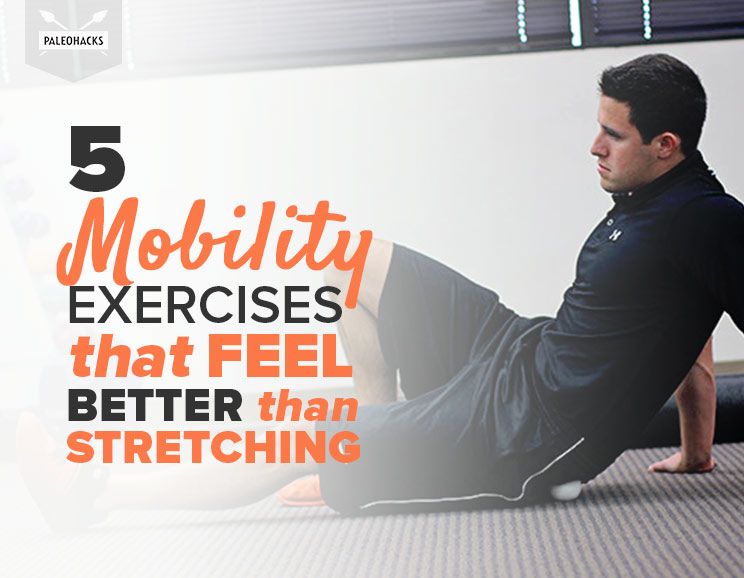
 Paleo Pork Poutine
Paleo Pork Poutine
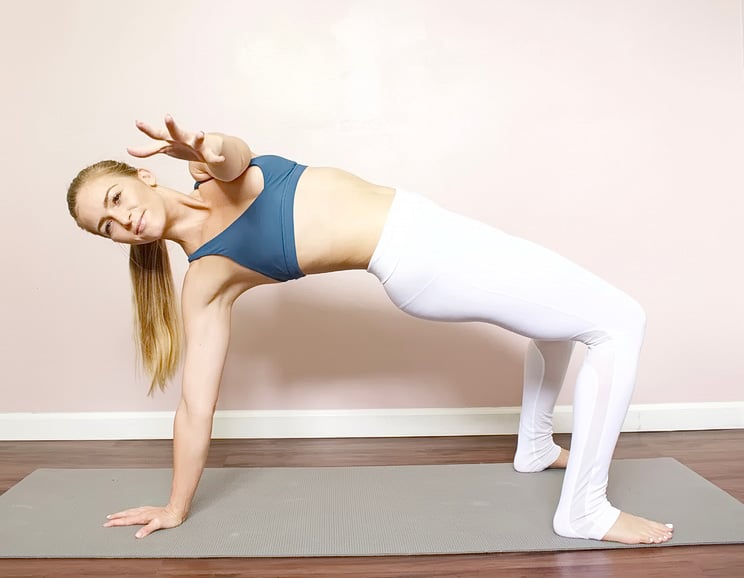
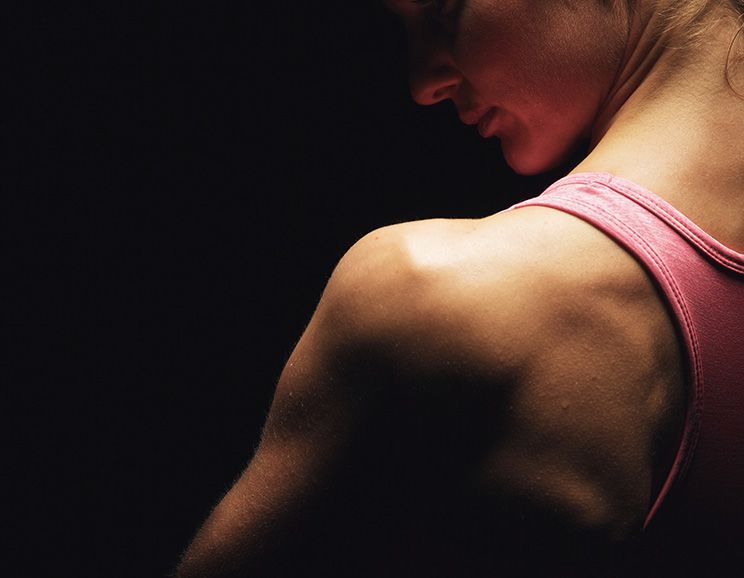
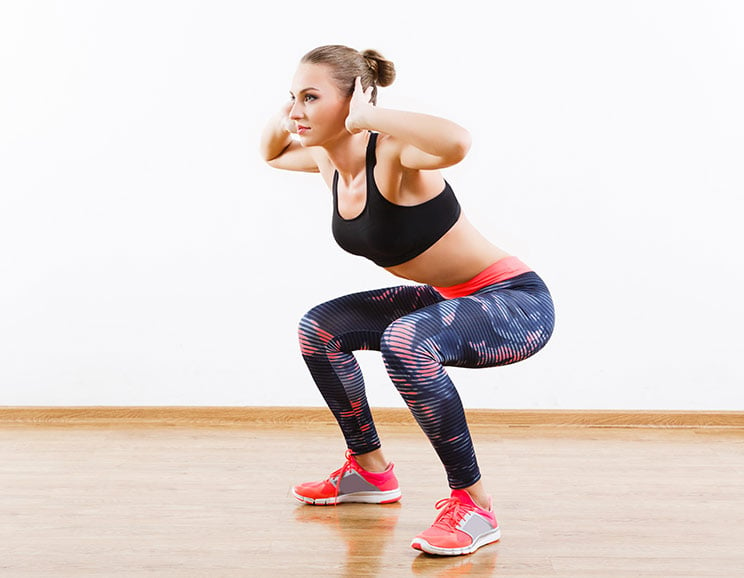

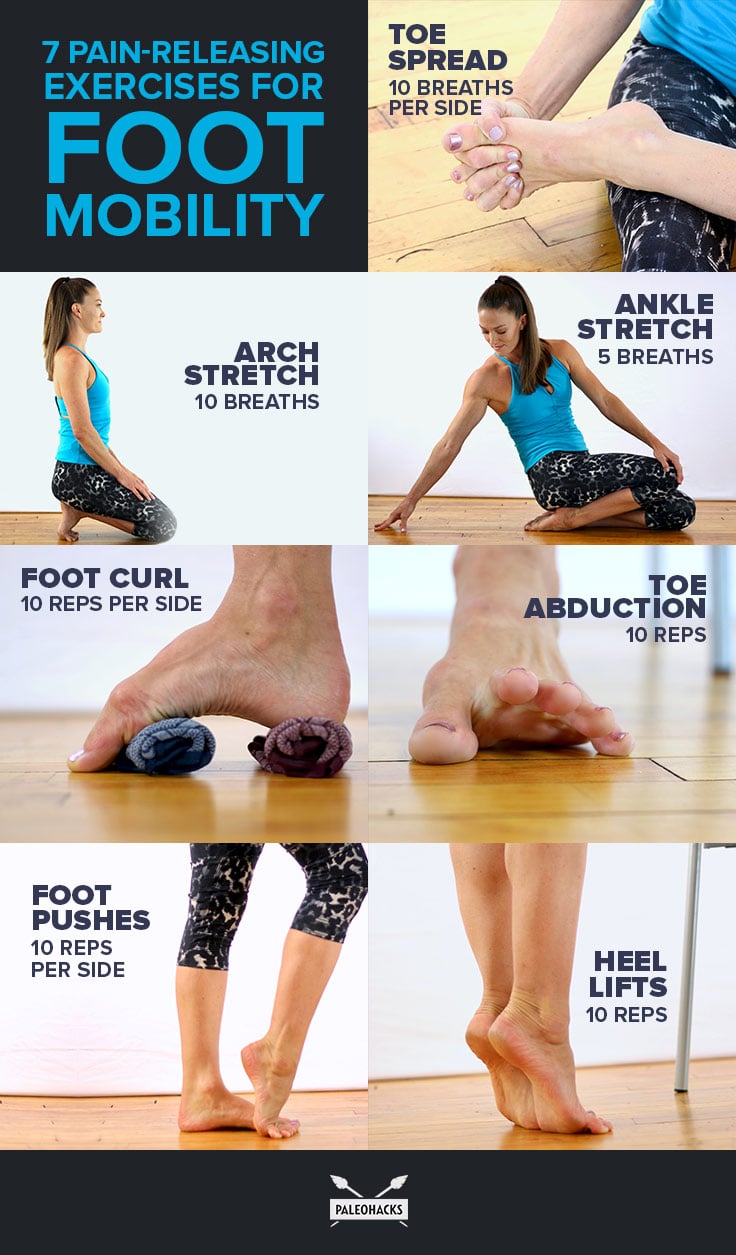
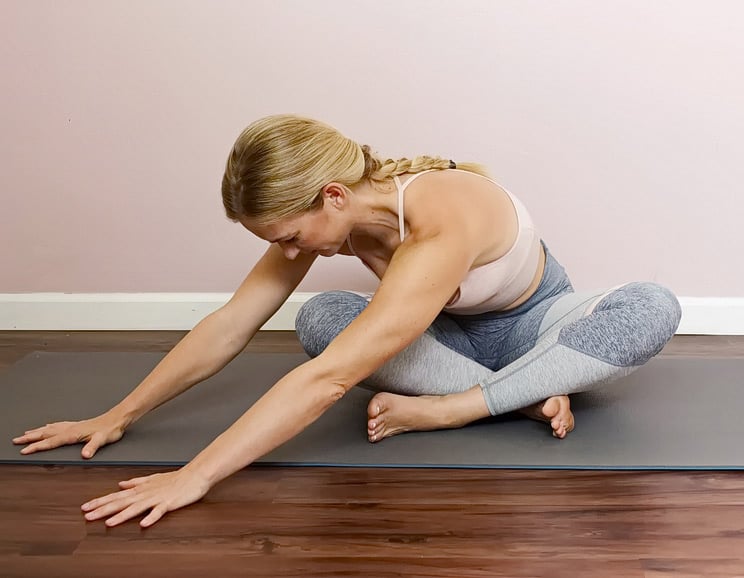
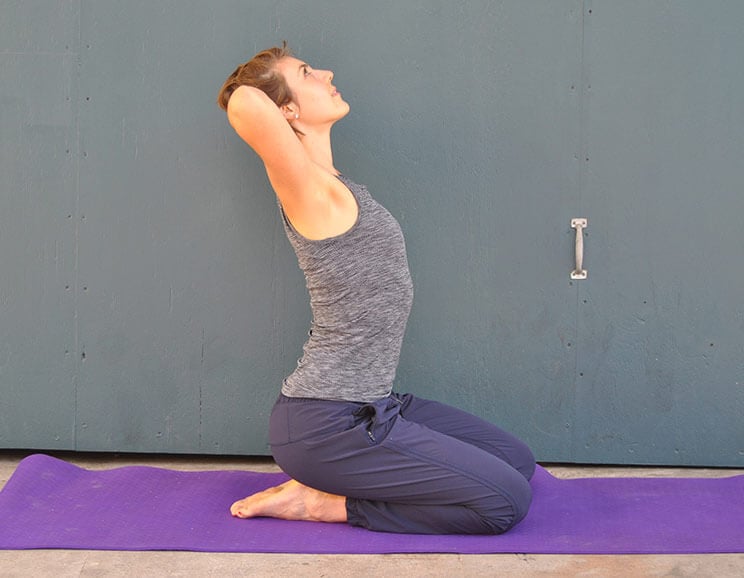

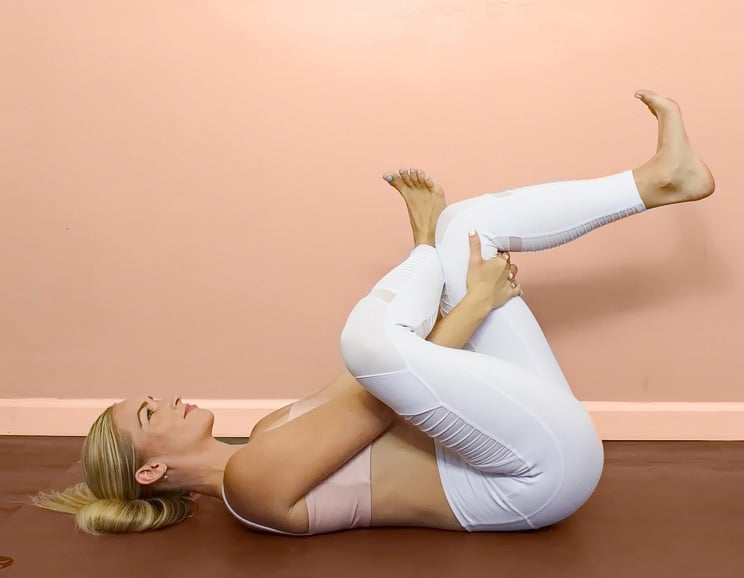
Show Comments